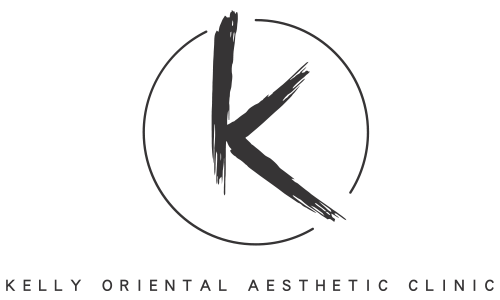Botox
How often can you do jaw botox?
How often can you do jaw botox?
The frequency of Jaw Botox injections, specifically targeting the masseter muscle for either aesthetic or therapeutic purposes, typically ranges from every 3 to 6 months. Interval can vary based on individual factors such as: individual’s response to the treatment, dosage used or practitioner’s recommendation.
The individual’s response to the treatment: Some people may metabolize the botulinum toxin more quickly than others, which can influence how long the effects last.
The desired outcome: For aesthetic purposes, some individuals may prefer to maintain a very specific look, which might necessitate more frequent treatments. In contrast, for therapeutic purposes (like reducing teeth grinding or alleviating TMJ pain), the frequency of injections may be adjusted based on symptom relief.
Dosage used: Higher doses may have longer-lasting effects, but there’s a balance to be struck between achieving the desired outcome and avoiding overuse or the development of resistance to the toxin.
The practitioner’s recommendation: Experienced practitioners will tailor their recommendations based on how the patient’s muscles respond to the initial treatments and their long-term goals.
It’s generally recommended to wait at least 3 to 4 months between treatments to assess the full effect of the Botox and to minimize any potential risks associated with over-treatment, such as muscle atrophy or the development of resistance to Botox. Continuous, long-term use should be monitored by a healthcare professional to ensure safety and efficacy.
Consulting with a qualified healthcare provider who has experience in administering Botox for jaw reduction or therapeutic purposes is crucial. They can provide personalized advice that considers your specific needs, medical history, and treatment goals.
What is Jaw Botox?
Jaw Botox refers to the use of Botulinum toxin, commonly known as Botox, injected into the masseter muscle, which is one of the muscles responsible for chewing and is located at the angle of the jaw. This cosmetic and therapeutic procedure has gained popularity for several reasons, including aesthetic modifications, medical treatments, and pain management. Here’s a breakdown of its primary uses and how it works:
Aesthetic Purposes
Facial Slimming: For individuals seeking a more contoured, less square jawline, Botox can be injected into the masseter muscle to create a visually slimmer face. This is particularly popular in East Asian cosmetic practices where a V-shaped face is often desired.
Facial Symmetry: It can also be used to correct asymmetries in the jawline due to uneven masseter muscle sizes.
Medical and Therapeutic Uses
Bruxism: Botox injections in the jaw can significantly reduce teeth grinding and clenching, especially in cases where conventional treatments have failed. This can alleviate jaw pain, headaches, and dental damage associated with bruxism.
TMJ Disorders: Temporomandibular joint (TMJ) disorders, which cause pain and dysfunction in the jaw joint and muscles, can also be treated with Botox. It helps by relaxing the muscles, thereby reducing pain and improving function.
Facial Muscle Pain: Beyond TMJ disorders, Botox can help alleviate chronic pain and tension in the facial muscles.
How It Works
Botox works by blocking the nerve signals to the muscle into which it is injected. Without these signals, the muscle is unable to contract as forcefully, leading to a temporary reduction in muscle activity. In the case of the masseter muscle, this results in a softer jawline and reduced muscle volume over time, as well as decreased ability of the muscle to engage in activities like clenching and grinding.
Procedure and Effects
Procedure: The procedure is minimally invasive and can be completed in a short office visit. Using a fine needle, Botox is injected into the masseter muscle. The number of injections needed can vary based on the individual’s goals and the size of the muscle.
Onset and Duration: While some individuals may start noticing effects as soon as a few days after treatment, it typically takes about 1 to 2 weeks to see the full effect. The results can last anywhere from 3 to 6 months, depending on the individual’s metabolism, the dose used, and activity level of the muscles.
Maintenance: To maintain the desired effects, repeat treatments are necessary. The frequency of these treatments can be determined in consultation with a healthcare provider, who can tailor the approach based on the individual’s response to the initial treatment and their aesthetic or therapeutic goals.
It’s crucial to consult with a qualified healthcare provider experienced in Botox treatments to ensure safety and achieve the desired outcomes. They can provide a personalized assessment and treatment plan.
How often can you do jaw botox?

